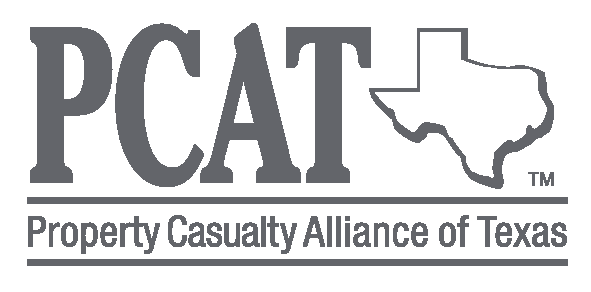Hidden Risks of Summer School: Operational Safety Strategies Schools Can’t Ignore
Summer school risk management is essential to ensuring student and staff safety during the warm months. Many districts overlook the unique challenges tied to summer school risk management, such as outdated facilities, unfamiliar staff, and dormant security systems. Often, summer sessions operate in secondary campuses, under temporary staffing, and with reduced oversight—making them vulnerable to overlooked risks. Proactive planning is essential to keep students and staff safe in environments that may not be designed for extended year-round use.
Below are key areas to reassess before welcoming students for summer learning:
Summer Maintenance and Construction Overlap with Students
Many districts use summer as a time to renovate buildings, repair HVAC systems, or install new infrastructure. Be mindful of noise, debris, and the presence of contractors near student areas. Always separate construction zones from student-accessible areas with signage and barriers.
Restricted Areas Come with Hidden Hazards
It is likely that only a portion of the building will be used for summer school. To prevent unauthorized student activity in off-limit areas, consider holding sessions in areas that can be isolated like a specific building floor or wing. Conduct walk-throughs early and thoroughly before occupancy to minimize custodial and maintenance disruptions.
Technology and Security Systems Aren’t Always Active
Security cameras, access control, and alarm systems are sometimes turned off or limited during the off-season. Confirm that all security infrastructure is fully operational and that after-hours protocols are in place, especially for evening classes or enrichment programs.
Temporary Staff and Rotations Increase Risk Exposure
Substitute teachers, rotating volunteers, and summer hires may be unfamiliar with campus policies or emergency protocols. Require safety orientations and provide clear guidelines for visitor check-in, student supervision, and escalation procedures.
Emergency Plans Often Don’t Account for Summer Variables
Does your Emergency Operations Plan (EOP) account for smaller staff numbers, temporary campuses, or extracurricular groups? Revise and test your emergency protocols with summer scenarios in mind—including evacuation during extreme weather and medical response for heat-related illness.
Fire and Life Safety Inspections May Be Delayed
With fewer people on campus, it’s easy to overlook requirements like fire extinguisher servicing, AED checks, or emergency lighting tests. Conduct mid-year safety walkthroughs to avoid compliance gaps during summer programming.
The warm months offer a valuable window for extended learning—but they also present unique safety and operational challenges. By addressing overlooked risks and adjusting protocols for summer-specific conditions, schools can create a learning environment that is just as safe and well-prepared as the regular school year.
